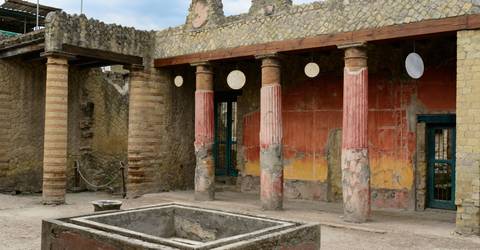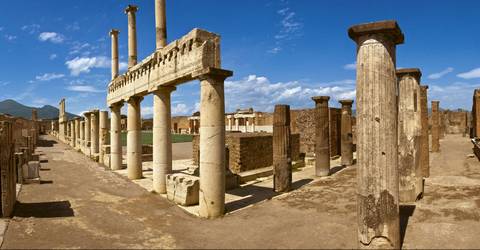Tours and Trip Packages to Amalfi Coast & Campania in February 2027
Traveling to Amalfi Coast & Campania in February 2027? We offer 10+ tours, trips and vacation packages to Amalfi Coast & Campania in February 2027. Our Amalfi Coast & Campania in February 2027 tour packages and trips have 480+ customer reviews. All the Amalfi Coast & Campania February 2027 tour packages and trips are carried out by hand-picked, qualified local and international Amalfi Coast & Campania tour operators.
Get a customized trip to Amalfi Coast & Campania in February 2027
Plan a multi-country or regional adventure across Amalfi Coast & Campania in February 2027, with help from a local expert.
Recommended by

